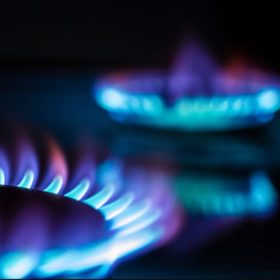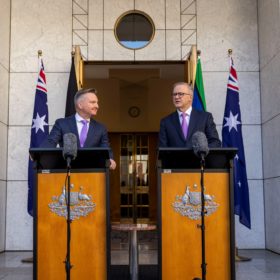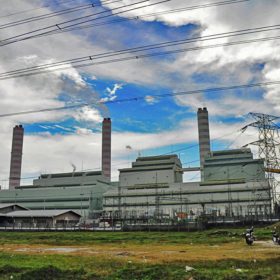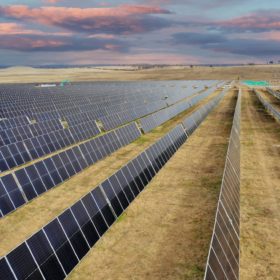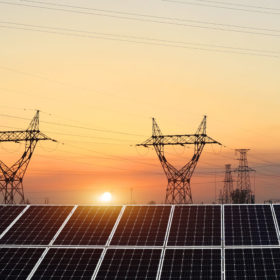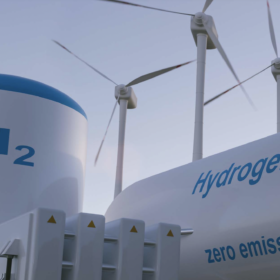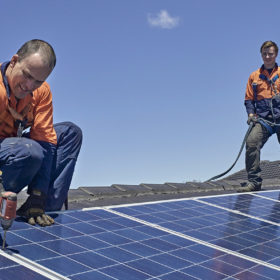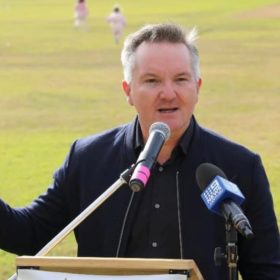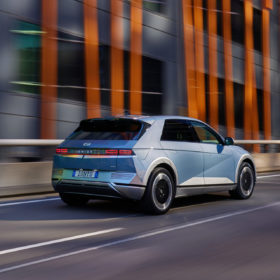ACT details plan to ditch gas in shift to electric future
The Australian Capital Territory government has unveiled plans to phase out the use of fossil gas by 2045 at the latest and move the market towards a net zero emissions future by “electrifying Canberra with renewable electricity over the next two decades”.
Albanese points to certainty for renewables investors after climate change bill clears first hurdle
New legislation to enshrine Australia’s 2030 and 2050 emissions reduction targets into law has cleared the first hurdle with the Federal Government’s climate change bill passing through the parliament’s lower house.
Malaysia energy major targets early closure of coal plants
Malaysia’s largest electricity provider Tenaga Nasional Berhad has announced plans to fast track the closure of its coal-fired power plants to hasten the transition of its generation fleet from fossil fuels to renewable sources including large-scale solar PV and green hydrogen.
Weekend read: ESG in action
The 2022 pv magazine Roundtables Europe focused on decarbonization throughout the continent. Linking sustainability to financial performance is a big part of this goal, as the second session, “Sustainability in action, raising the corporate bar,” attested to. During the panel discussion, four experts discussed end of life, circularity, material supply, project development, and the social community, as we approach terawatt solar scale.
AEMO report underlines need for ‘urgent’ shift to renewables
The Australian Energy Market Operator has declared skyrocketing power prices and unprecedented market disruptions have confirmed the “urgent” need for the nation to fast-track its transition from a coal-dominated system to renewables, including wind and solar PV backed by batteries and other energy storage technologies.
Industry backs climate bill to accelerate investment in renewables
The introduction of the Federal Government’s climate change bill to parliament has been welcomed with business and industry groups predicting the legislation will unlock hundreds of billions of dollars’ worth of export opportunities and investments in renewable energy, transmission and storage across Australia.
‘Not actually green’: why time matching is key to becoming a hydrogen superpower
Australia is setting out to become a global hydrogen superpower – but the standards we’re applying to classify ‘green’ renewable hydrogen are falling well behind our global peers and the expectations of future customers. The heart of the problem is “we’ve separated the characteristics of energy from the energy itself,” Steve Hoy, founder and CEO of power tracing technology company Enosi, tells pv magazine Australia.
Rules changed to allow multiple installers to complete jobs
Rooftop solar installations may now be conducted by multiple installers, the Clean Energy Regulator (CER) announced today. The rule change will afford companies more flexibility as CER continues tightening its surveillance of the rooftop industry.
Bowen discards planned changes to ARENA mandate
The Federal Government has moved to scrap controversial changes to the Australian Renewable Energy Agency’s mandate that allowed it to fund some fossil-fuel related and carbon capture storage technologies, signing regulations which make it clear the agency will focus on renewables and electrification.
ESB drives discussion on integration of EV smart charging
The Energy Security Board has declared the impending electrification of Australia’s transport fleet has the potential to revolutionise the way consumers receive and use energy and has issued a call for input on how best to support the effective integration of smart charging for electric vehicles into the National Electricity Market.
